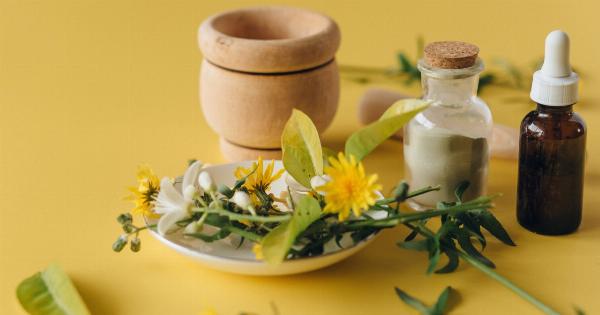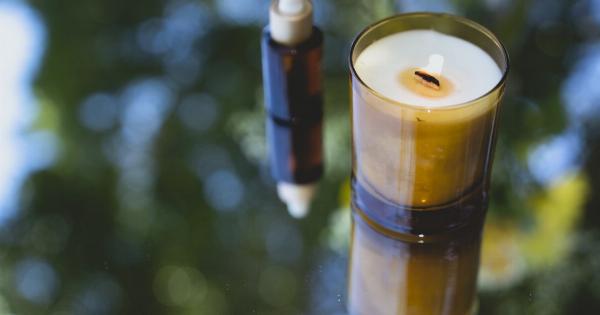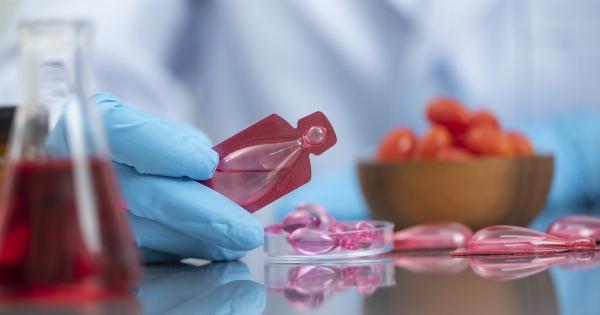In recent years, the overuse of antibiotics has become a growing concern, leading to the rise of antibiotic-resistant bacteria. This has spurred scientists and researchers to explore alternative options for combating infections.
One such avenue of exploration has been the discovery of natural antibiotics derived from various plants and substances found in nature. These natural antibiotics possess incredible healing properties and can effectively fight off harmful bacteria.
In this article, we will delve into five of these miraculous natural antibiotics, their benefits, and how they can be incorporated into our daily lives.
Holy Basil
Holy Basil, also known as Tulsi, is a popular herb in Ayurvedic medicine. It has been used for centuries in traditional Indian medicine to treat a wide range of ailments due to its potent antimicrobial properties.
Holy Basil contains compounds such as eugenol, rosmarinic acid, and linalool, which have been found to effectively combat bacteria, viruses, and fungi.
Research has shown that Holy Basil can inhibit the growth of various strains of bacteria, including Staphylococcus aureus, Escherichia coli, and Klebsiella pneumoniae.
Additionally, it has demonstrated antifungal activity against Candida albicans and Aspergillus niger.
To incorporate Holy Basil into your routine, you can brew it into a tea or use it as a seasoning in your meals. It is also available in supplement form, allowing for convenient consumption.
Garlic
Garlic, commonly used as a flavor enhancer in different cuisines, has long been recognized for its potent medicinal properties. This bulbous herb contains a compound called allicin, which is responsible for its antibiotic and antimicrobial effects.
Studies have shown that garlic exhibits antibacterial activity against various strains, including multidrug-resistant bacteria like methicillin-resistant Staphylococcus aureus (MRSA).
It has also displayed antifungal properties against Candida species, making it effective against common fungal infections.
To harness the benefits of garlic as a natural antibiotic, it is recommended to consume it raw or lightly cooked. Crushing or chopping garlic cloves activates the release of allicin, enhancing its medicinal properties.
Manuka Honey
Manuka honey, produced in New Zealand from the nectar of the Manuka tree’s flowers, is renowned for its exceptional antibacterial and wound-healing properties.
This dark, thick honey contains a unique component known as methylglyoxal (MGO), which is responsible for its antimicrobial activity.
Research has shown that Manuka honey can effectively inhibit the growth of various bacteria, including Helicobacter pylori, Staphylococcus aureus, and Streptococcus pyogenes.
It has also demonstrated effectiveness against antibiotic-resistant strains, making it a valuable natural alternative.
Manuka honey can be incorporated into your daily routine by consuming it directly or using it as a natural sweetener. It can also be applied topically to wounds, burns, or skin infections to promote healing.
Ginger
Ginger is a versatile spice that not only adds flavor to dishes but also offers numerous health benefits. It contains a compound called gingerol, which possesses potent antibacterial and antioxidant properties.
Studies have demonstrated that ginger extract exhibits inhibitory effects against various bacteria, including drug-resistant strains.
It has also been found to be effective against oral bacteria responsible for dental infections and periodontal diseases.
Incorporating ginger into your diet can be as simple as adding it to your cooking or brewing ginger tea. Additionally, ginger supplements are available for those seeking a more concentrated form of its medicinal properties.
Tea Tree Oil
Tea tree oil, derived from the leaves of the Melaleuca alternifolia tree, has been used for centuries as a traditional medicine by Australian Aboriginals.
It possesses strong antibacterial, antifungal, and antiviral properties, making it a powerful natural antibiotic.
Research has shown that tea tree oil can effectively inhibit the growth of bacteria, including methicillin-resistant Staphylococcus aureus (MRSA) and Escherichia coli.
It has also exhibited antifungal activity against Candida species, making it a valuable option for treating common fungal infections.
Tea tree oil can be diluted and applied topically to wounds, acne, or fungal infections. However, it should not be ingested as it can be toxic when consumed orally.
Conclusion
Exploring the world of natural antibiotics opens up a plethora of possibilities for fighting off harmful bacteria and infections without resorting to synthetic pharmaceuticals.
Holy Basil, garlic, Manuka honey, ginger, and tea tree oil are just a few examples of the miraculous natural antibiotics available to us.
By incorporating these natural remedies into our daily lives, we can harness their antibacterial, antifungal, and immune-boosting properties.
However, it is important to note that while these natural antibiotics can be effective, they should not be used as a substitute for professional medical advice. If you have persistent or severe infections, always consult with a healthcare professional.





























